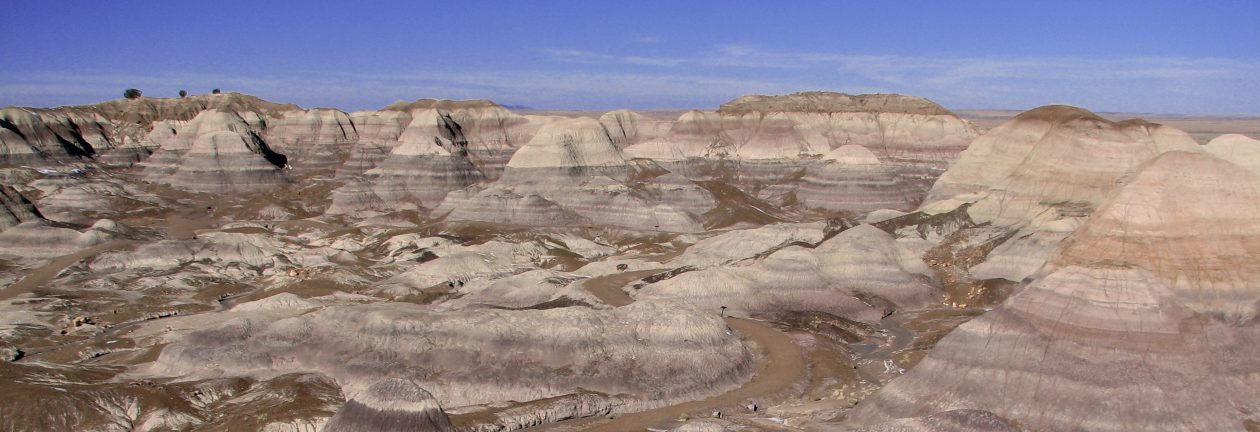Amsterdam, Netherlands
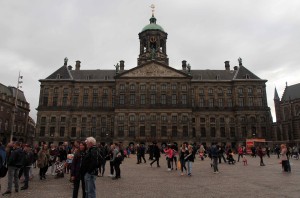

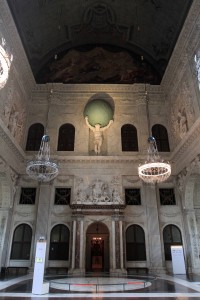
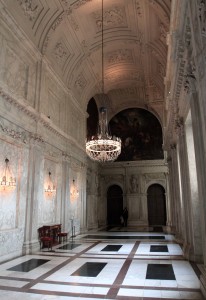
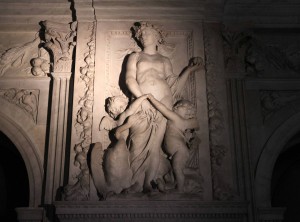
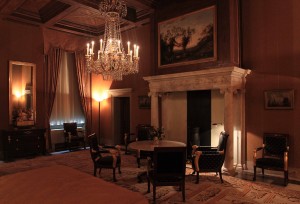
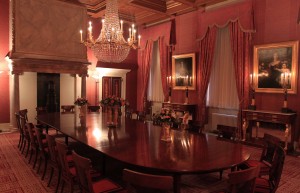
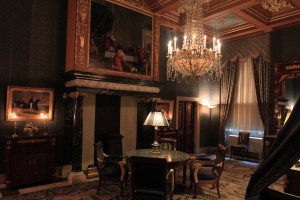
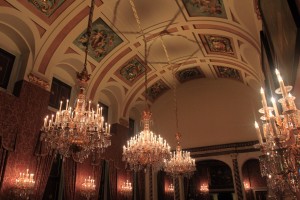
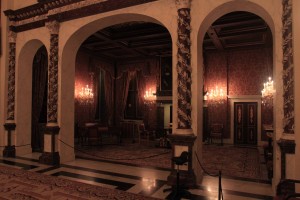
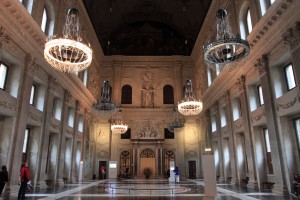
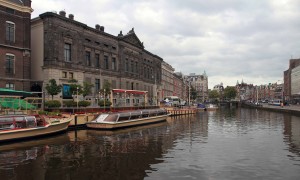
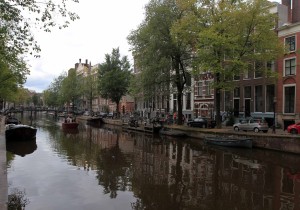
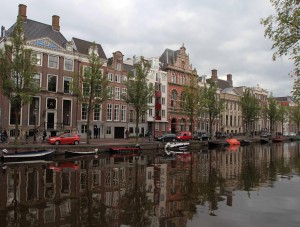
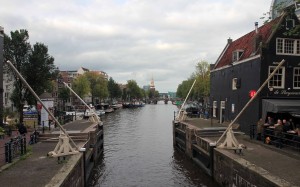
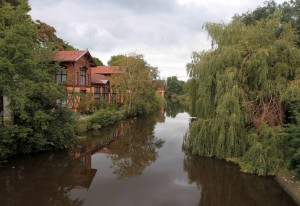
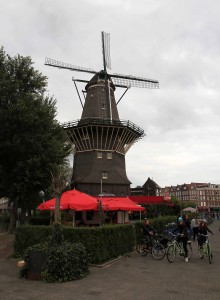
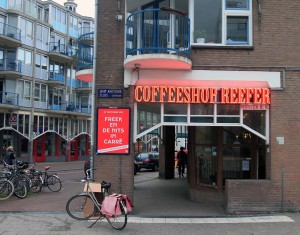
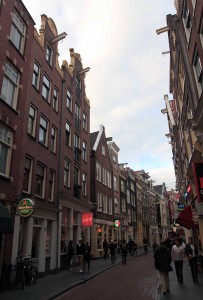
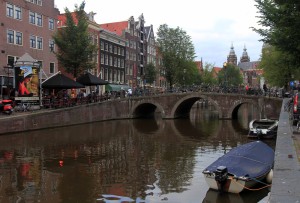
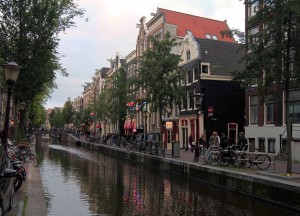
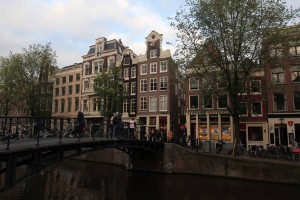
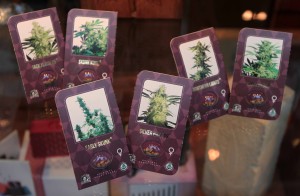
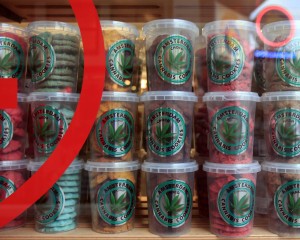
I slept in longer than I would’ve liked (in retrospect, obviously at the time I enjoyed sleep more than waking up) and woke up at 10:00. I then showered and dressed, but was too tired to take it any further; so I laid down in bed and read news articles and relaxed for the next few hours. Finally, after 15:00, I grabbed my camera and tripod and exited the hostel. I then walked to the Royal Palace of Amsterdam. Before becoming a Royal Palace, the building was a town hall that was built by Jacob van Campen in the seventeenth-century AD and opened in 1655 AD. The town hall was converted in to a palace in 1806 AD when Louis Napoleon (brother of Napoleon Bonaparte and leader of the Batavian Republic – the successor of the Republic of the Seven United Netherlands) took up residence there; when the Netherlands were annexed by France in 1810 AD, the palace became the governor’s residence; then, in 1813 AD, when Napoleon lost the Netherlands, the House of Orange regained power and established the building as the Royal Palace in the capital, Amsterdam. The Royal Palace is still used for special occasions by the Dutch royalty, but is otherwise open for visitors. Upon reaching the Royal Palace, I entered inside, bought my ticket, received my audio tour guide, and began exploring each open room. The Tribunal, Citizen’s Hall, and each gallery were covered with ornate sculptures, and the rooms, were – as to be expected in a royal palace – quite nice. After finishing my tour, I returned the audio guide and exited the building. I then walked to the Begijnhof, which is one of the oldest inner courts in the city of Amsterdam, but, unfortunately, it was closed. So, I then walked eastward, for quite a distance, past the zoo and to the edges of the historic part of Amsterdam, until I reached De Gooyer, the tallest windmill in the Netherlands, located between Funenkade and Zeeburgerstraat. I took several pictures of the windmill, although I wished I had another day to spend in the Netherlands so that I could take a tour outside of the city to see the Dutch windmills in the countryside, but it was not to be. After having seen the windmill, I turned around and marched back to the center of Amsterdam. Next, I walked through, up-and-down, and side-to-side within the De Wallen red-light district (the most concentrated and infamous of the red-light districts in Amsterdam; of course red-lit windows with scantily clad hussies peering out from behind the pane can be found anywhere in this city once the sun approaches its ending for the day); I passed by some attractive prostitutes that begged the question, “Why are you doing this?” and “Why not find a successful man (or woman . . . or – these days – zeman) looking for a trophy wife and who doesn’t mind the gold-digging as long as there is an exchange of sex?.” I also passed by the infamous Banana Bar (it only takes a small imagination to figure out how it got that name), which I recall hearing about years ago on account of one of my previous bosses spending a drunk night there. Anyway, after wandering around the red-light district, I walked back to the hostel, passing several cannabis shops (some sold weed to smoke, others sold seeds to nurture and grow, a few sold cookies laced with cannabis, and there were some that sold everything plus some). I don’t mind the legalization of marijuana (as well as prostitution for that matter – live and let live is my motto as long as people aren’t infringing on the rights or properties of others), but I wish these industries weren’t so exploited and in-your-face like they are in Amsterdam; it just makes the whole city appear sleazy and the populace bereft of class. I know, I know, it’s for the tourists; blame the foreigners wanting to consume these two vices instead of your citizenry’s lack of restraint when it comes to advertising/selling drugs and whores everywhere – including postcards of excited male and female genitals on display for all to see. Once again, to make my outlook on life crystal clear to the one or two souls who may actually read this: I don’t mind nudity, male or female, in view for all to see (the time I spent in the coed spa yesterday is proof of this), and if people wanted to walk around the streets naked, I’m fine with this, but the moment it turns sexual (as in the aforementioned postcards or what’s insinuated and advertised with the red lights that are found everywhere but the self-designated districts), I am not okay with it because young, immature, corruptible minds may see this and it may turn them for the worse. I know many Americans will think my view is contradictory because I’m okay with public nudity and not okay with public sex/sleaze; however, I see nothing wrong with nudity (it is our natural state after all) and I think children (as well as most adults) would benefit from becoming more accepting of nudity (like most Central Europeans) and from separating nudity from sex; unfortunately, many Americans are brought up equating nudity with sex and seeing nakedness as immoral – this is absurd to me. Anyway, enough about my beliefs and back to MY exploits (or lack thereof) in Amsterdam. I returned to the hostel, put away my camera and tripod, and then exited the hostel for dinner. I found a suitable restaurant and had tomato soup, baked ravioli stuffed with beef and topped with cheese, and a half-liter of Heineken beer. I then returned to the hostel and eventually wound up in bed sometime around midnight (I don’t recall exactly and I’m typing this far to off the actual events to give a more precise time).
